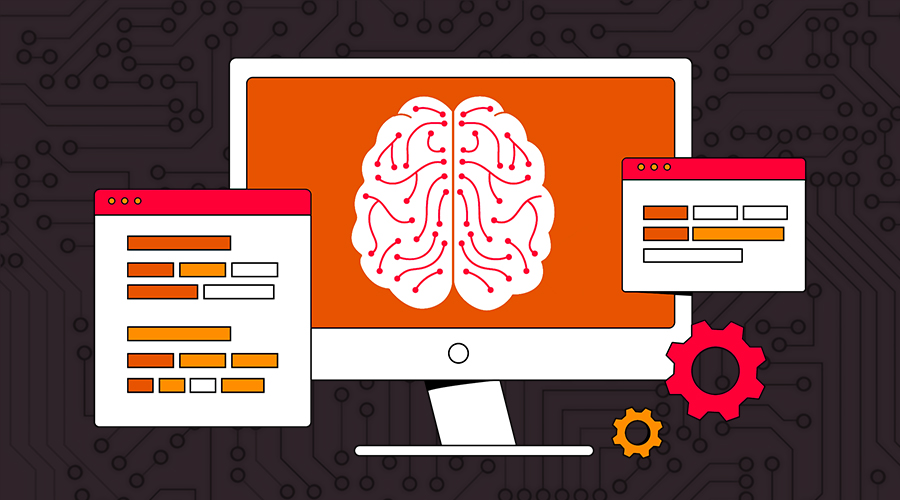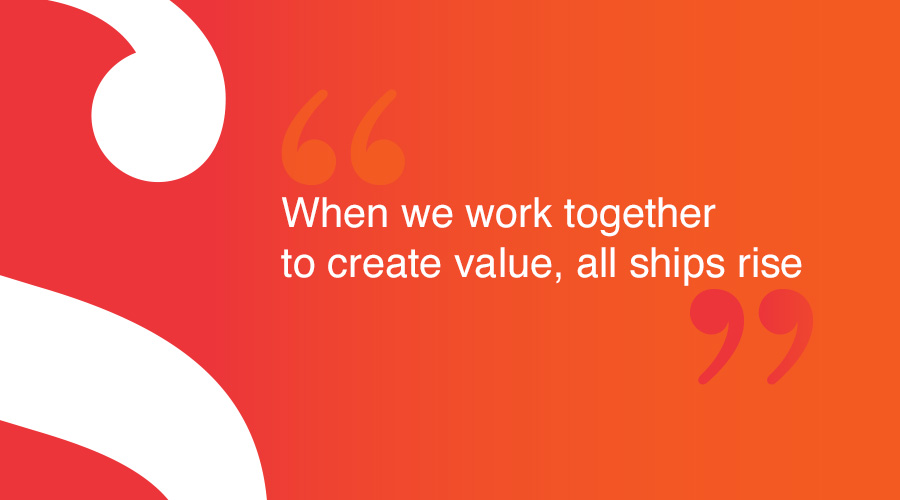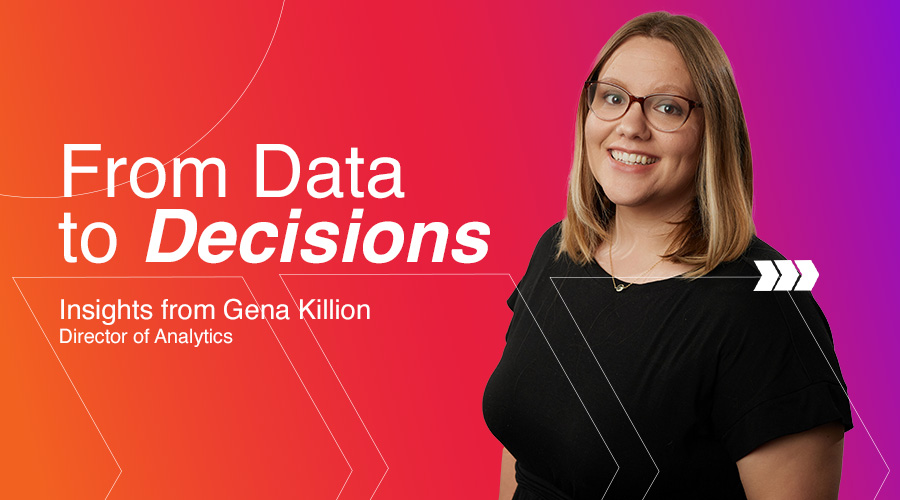Artificial Intelligence Overviews (AIO) are already changing the way search works. For marketers, that means one thing: adapt fast or get left behind.
AIO is Google’s latest shift toward using generative AI to answer queries directly in the search results. Rather than serving up a list of links, Google can now provide a synthesized AI-generated answer that appears at the top of the page — often even above any paid or organic listings. Although it’s still in limited rollout through Search Generative Experience (SGE), the direction is clear: zero-click search is becoming the new normal. When users get answers directly from AI, they may never click on sponsored content, but the ad can still influence their decisions.
How Shoppers Encounter AIO
Let’s say a user searches, “What is the best volleyball for beginners?” In the past, this would link out to reviews, specs or dealership websites. Now, instead of doing that, Google’s AIO might summarize top-rated options, pricing and even recommend a ball to purchase, all in one box. As a result, the buyer could get the info they need without ever clicking into a website. This has massive implications for marketers when it comes to both paid and organic traffic.
When using AI mode on Google, your search might look something like this. It seems to blur the line of organic content, AI suggestions and sponsored ads as we have known them to date.
If you are not in AI mode, the separation of AIO, clearly sponsored content and organic content may look more like this.
Three Things Marketers Need to Know
- Zero-click is here to stay. With AIO, Google is answering more questions within the SERP (search engine results page). That limits visibility for traditional listings and makes it harder to measure success using only traffic-based KPIs.
- SEO is evolving quickly. Tried and true tactics, such as long-tail keywords, are becoming obsolete. Google’s AI models prioritize topical authority, content clarity and intent alignment at the page and domain level. In other words, Google understands what your page *means*, not just what words it includes.
- Paid media may (or may not) be included. According to Google, ads will appear above or alongside AIO answers, but the formats are still in flux. To stay ahead, you need to structure and label your content so AI can parse it, even if it’s paid.
Related Content: The Red Pill or the Blue Pill? Adapting Your Content Strategy for AI Overviews
Five Ways to Prepare Your Website and Ads for AIO
- Focus on intent-rich content. Make sure your pages clearly answer the types of questions your buyers ask at each stage of the journey. FAQs, in-depth how-to articles and product comparisons are all good ideas. This goes for copy in paid ads too!
- Diversify your content. Creating original content builds your authority, increasing the chances AI overviews will cite you. AI systems now increasingly pull in video summaries, audio snippets and image galleries for generated answers. You can create content clusters around themes you find in search queries. (See #5.)
- Structure your data. Use schema markup to tag products, reviews, price and locations. Structured data helps Google understand relationships between pieces of information, and it can use that to surface your content inside an AI overview. A schema markup on a page can tell Google this is a product, how much it costs and how it’s rated by customers.
If you want to be AIO-ready, tag:
-
- Products (use Product schema)
- Reviews & ratings (Review, AggregateRating)
- Prices & availability (Offer)
- Business locations (LocalBusiness)
- FAQs (FAQPage)
- Articles (Article or BlogPosting, Author or Person, DatePublished, Headline for blogs or guides)
- Videos (VideoObject)
- How-to Guides (HowTo)
- Breadcrumb Navigation (BreadcrumbList)
- Events (Event)
- Speakable Content (Speakable) (experimental)
- Refine your keyword strategy. Shift away from exact match targeting and toward natural language queries. Think: “what volleyball should I use to improve my game if I’m a setter,” not just “weighted training balls.” Google’s AI Overviews synthesize answers to complex queries. It’s looking for pages that actually answer the question, not just contain the same words. Monitor what AIO is showing for your core queries. Google’s AI is designed to optimize broadly matched keywords with smart bidding strategies. So, relying on broad match with a smart bidding strategy like ‘maximize conversions’ will be important. To prevent wasted spend, monitor search terms to add irrelevant terms as negative keywords.
- Be an early adopter. Expect AI-informed ad formats to start blending with AIO in upcoming rollouts. Google has already previewed generative ad tools, such as AI Max. With these tools, Google’s AI will optimize your headlines and descriptions using content from your website. By matching user intent in real time, it dynamically generates ads and can even direct users to a different page on your website if that page better answers their query.
Let’s Talk About Your Readiness
As AIO reshapes the digital landscape, having an aligned strategy across paid, owned and earned media matters more than ever. It’s essential to ensure all channels work together seamlessly. At Simantel, we partner with clients to audit their websites, improve SEO and future-proof their media plans, so they’re not just reacting to AI, they’re benefiting from it. Want to talk more about the impact of AIO on your marketing? Let’s chat!









